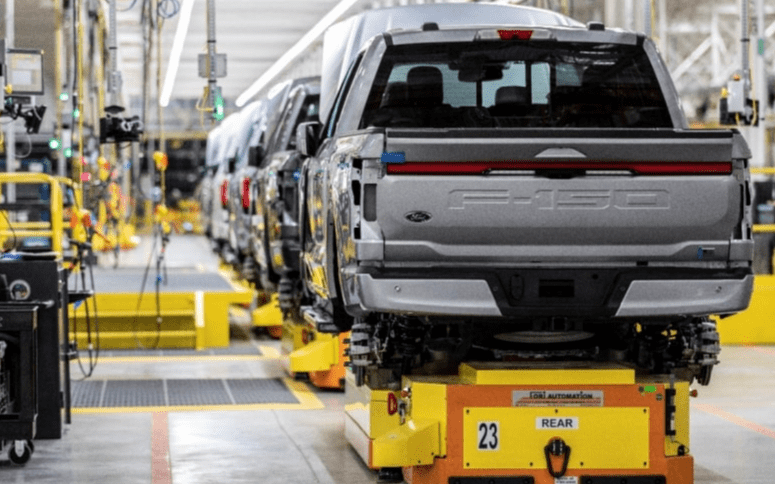Auto imports to Germany totaled $78.053 billion in 2023, with the United States and Czech Republic as its top sources.
Those purchases registered a 13.9% growth over 2022, according to data from Germany’s Federal Statistical Office.
Germany is home to some of the world’s renowned automakers, including Volkswagen, BMW, Mercedes-Benz, Audi and Porsche.
After falling from $72.162 billion in 2019 to $66.427 billion in 2020 because of the Covid-19 pandemic, auto imports to Germany increased to $67.502 billion in 2021 and then to $68.522 billion in 2022.
In addition to German brands, other international companies have a significant presence in the German market, such as Ford, Opel (part of PSA Group) and Toyota.
The five largest external auto suppliers to the German market in 2023 were the United States ($8.835 billion), Czech Republic ($7.949 billion), Spain ($7.939 billion), Slovakia ($6.785 billion) and Mexico ($4.792 billion).
At year-on-year rates, the above results had the following growth rates: United States (8.7%), Czech Republic (16%), Spain (0.1%), Slovakia (6.7%) and Mexico (24.8 percent).
Auto imports
Germany is also home to a strong automotive supplier industry that supplies components and technologies to manufacturers and is adopting stricter regulations in terms of emissions and is working towards more sustainable mobility.
Other notable origins of automotive imports to the German market were: the United Kingdom ($4,655 million, +26.9%), China ($4,251 million, +172%), South Africa ($4,009 million, +41.5%), Italy ($3,882 million, +24.1%) and France ($3,532 million, -17.9 percent).
There is growing interest in electric and hybrid vehicles, and German manufacturers are investing considerably in the development of this technology.
Since 2020, the global economy as well as the automotive industry have been influenced directly and indirectly by macroeconomic events resulting in unfavorable conditions, including shortages of semiconductor chips and other components, high levels of raw material and labor inflation, higher interest rates, and labor and energy shortages in certain markets.

